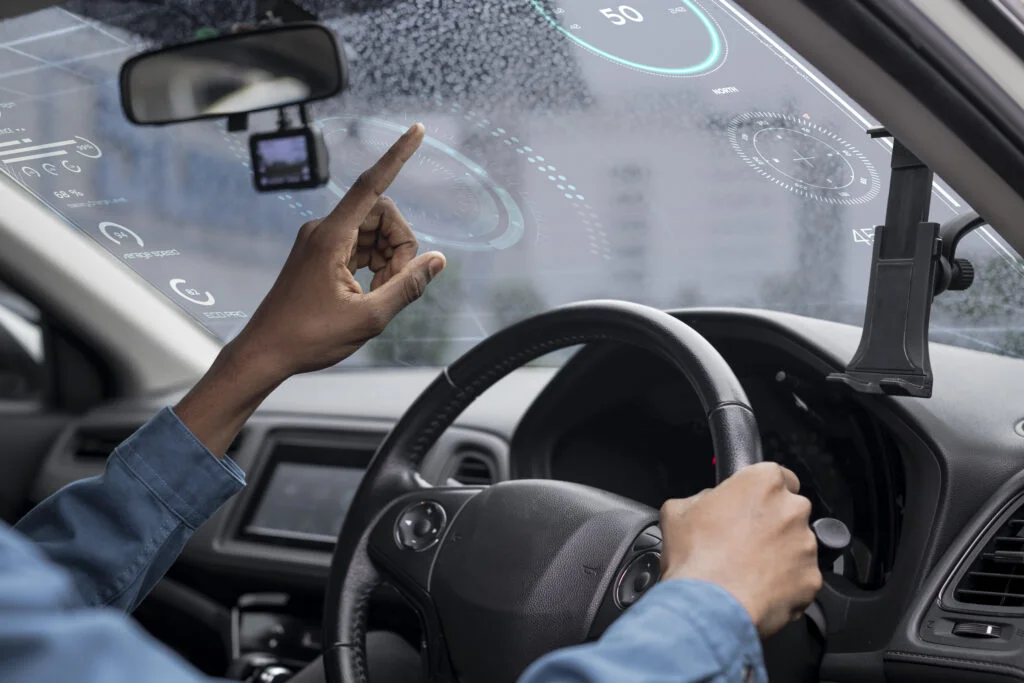As artificial intelligence (AI) systems advance, we face increasingly complex ethical dilemmas, particularly in areas like self-driving cars (AVs). These vehicles could soon make life-and-death decisions, sparking debates about the ethics of delegating such choices to machines. Philosophers, such as Kant and Mill, have long explored issues of rights, risks, and consequences, and now these concerns are being applied to autonomous vehicles, where businesses and leaders must weigh moral responsibility in machine decision-making.
Joseph Badaracco, a business ethics professor, highlights that self-driving cars will inevitably face “genuine ethical decisions,” where the rights and well-being of individuals are at stake. These vehicles might be forced to choose between saving passengers or pedestrians, raising critical questions about how machines should prioritize lives. The ethical complexity intensifies as these machines could also be shaped by the culture and values of the organizations programming them.
The Trolley Problem and Autonomous Vehicles
The “trolley problem” is a classic ethical dilemma that has been reimagined for AV design. Originating in the 1960s, this thought experiment asks whether one should divert a trolley to kill one person to save a group. When applied to AVs, it poses similar questions: Should a car sacrifice the life of its passenger to save a pedestrian? Companies face the challenge of programming AVs to make these decisions, often embedding ethical values such as the value of human life into the system’s algorithms, with variations based on geography and local norms.

This ethical debate often involves the question of whether AVs should prioritize the lives of passengers over pedestrians. While many consumers expect cars to protect passengers first, this runs counter to the ethical ideal of equal treatment. Nonetheless, marketing plays a significant role in the adoption of AVs, with consumers frequently overestimating the capabilities of the technology. This mismatch in expectations can lead to safety risks, underscoring the need for responsible AI development.
Proponents like Elon Musk argue that AI in AVs can address real-world safety issues, citing statistics that show self-driving cars could reduce traffic fatalities. Tesla’s Autopilot, for instance, records far fewer accidents than the national average, though critics point to the fatalities that have occurred with its use. Musk suggests that if autonomous vehicles reduce injury and death, there is a moral obligation to deploy them, even at the risk of legal backlash.
Ethical Leadership in AI Development
Badaracco also addresses the challenges leaders face in overseeing AI development. He emphasizes that leaders must not be swept up by the potential of AI but must remain focused on the ethical implications of its use. He urges leaders to ask tough, “dumb” questions during product development to ensure that safety, reliability, and ethical considerations are integrated into AI systems from the start. This persistent questioning is necessary for developing products that are both ethical and effective.
Badaracco warns against rushing technological advancements without fully understanding their consequences. He advocates for a careful, responsible approach to AI deployment, especially in high-stakes industries like autonomous vehicles. Leaders should err on the side of caution, avoiding the “fail fast” mentality often embraced by Silicon Valley startups, to ensure that AI systems are reliable and safe before they are released to the public.
Finally, Badaracco stresses the importance of a multidisciplinary approach to AI development. Leaders should seek input from a variety of stakeholders—engineers, marketers, legal experts, and ethicists—to ensure that ethical considerations are addressed from multiple perspectives. Ethical decision-making in AI is collaborative, and leaders must foster an environment where open, honest discussions about risks and values can take place, ensuring that AI systems are developed with both wisdom and responsibility.

